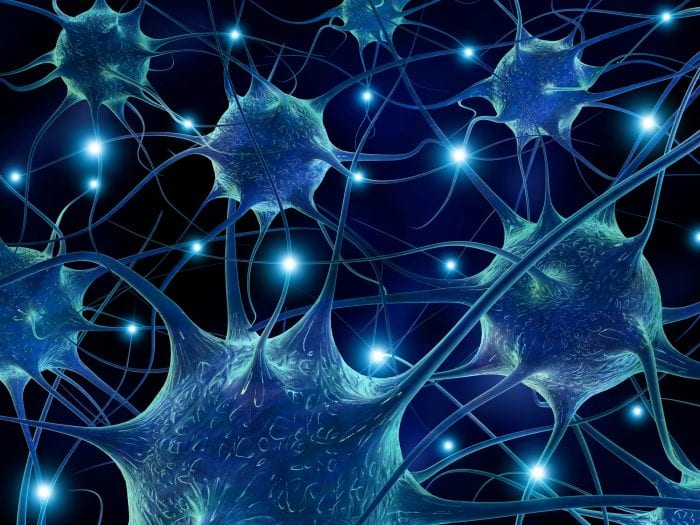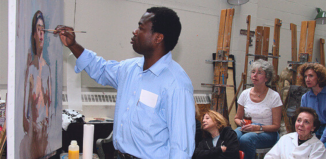Life Lines: The coming science of molecular neurobiology
By Elof Axel Carlson

In the life sciences, progress works incrementally.
The cell theory, for example, began in the 1600s with the observation of a cellular composition of cork bark with one the first microscopes. There was no cell theory (all the organisms we see are composed of cells) until 1838. The cell doctrine (cells arise from preexisting cells) came a generation later in the 1850s. A decade later, stain technology was introduced. In the 1930s electron microscopes were introduced. Molecular biology wasn’t introduced until the 1950s.
With each incremental advance, new tools, new data and new experiments are carried out. This can result in new insights on how life works, and it can be applied to disease in humans and other living things.
We manipulate life when we treat it because nature has no doctors or living things are at the whim of luck for their survival and evolution allows the healthiest, the most adapted, to survive and pass on their lucky genes. But today’s scientists can use a great deal of that incremental knowledge and apply it to our benefit.
One lead I find very exciting to read about and I am confident the next generation of science students will be excited by the advances taking place — It is now possible to begin a field of molecular neurology. The physiology of nerve cells is well worked, and we know how nerve impulses are transmitted and how reflexes form, and many other experimental approaches have provided an understanding of normal and diseased functioning of the nervous system. But the genes involved have been elusive.
Two fields have been added to the arsenal of approaches for exploring this. One is the field of stem cell research. The other is the use of fruit flies as model organisms to study the molecular genetics of fruit fly brains. Flies have the advantage of a limited number of activities that can be explored. They have courtship rituals, they have innate responses to gravity or to light, and they have vision, hearing, and taste as well as response to pain.
Some of the biochemical pathways in fruit flies are also found in humans and there is a surge of interest in using two approaches. One is finding chemicals that shift slumbering stem cells into active nerve cells. This would allow treatments in coming years for neuromuscular disorders like multiple sclerosis. It could also slow down the aging process in which our stem cells lose the capacity to replace aged and dying neurons in the brain causing senility and other neurological disorders like Parkinson disease.
I am also a realist and historian of science. I know that such imagined future worlds can take decades or generations to achieve. We do not live in a totally known universe, and we only know a fraction of the way life has evolved over 3 billion years on earth. But by studying gene mutations involved with neuron formation and function, of stem cell activation, and of how humans can devise interventions for our health, we can feel confident that a lot more useful knowledge will emerge.
My realist side also tells me that all knowledge can be abused and we have learned to enact legislation to regulate most of our scientific and technological and malevolent intentions or warped values so that some do not exploit new technologies and shut down the progress needed to enlighten us and benefit us in an always troubled world.
Elof Axel Carlson is a distinguished teaching professor emeritus in the Department of Biochemistry and Cell Biology at Stony Brook University.







